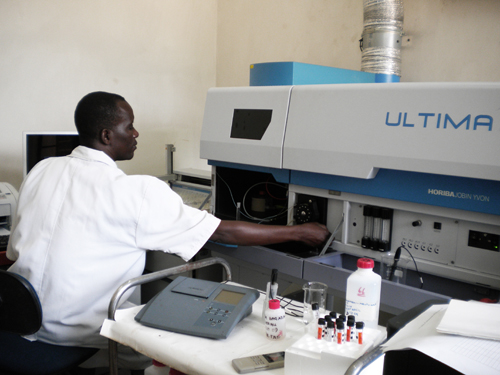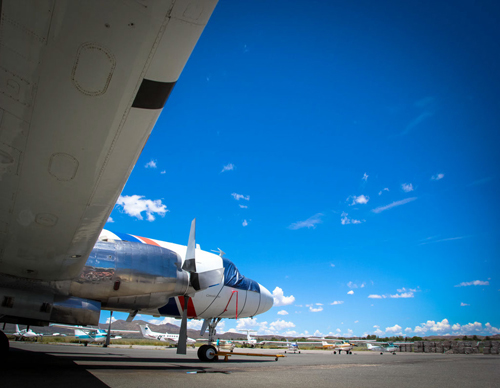
A member of the Bravo Group, South Africa’s largest and most diverse furniture manufacturer, Alpine Lounge has left behind the world of high volume mass-produced furniture. It is a premium marque and its Ashanti brand can only be described as aspirational. Founded in 1969 it has built its reputation on state-of-the-art technology, quality products, on-time delivery and caring and efficient after-sales service.



 AlpineLounge-Africa-Manufacturing-Dec13-Bro-s.pdf
AlpineLounge-Africa-Manufacturing-Dec13-Bro-s.pdf







